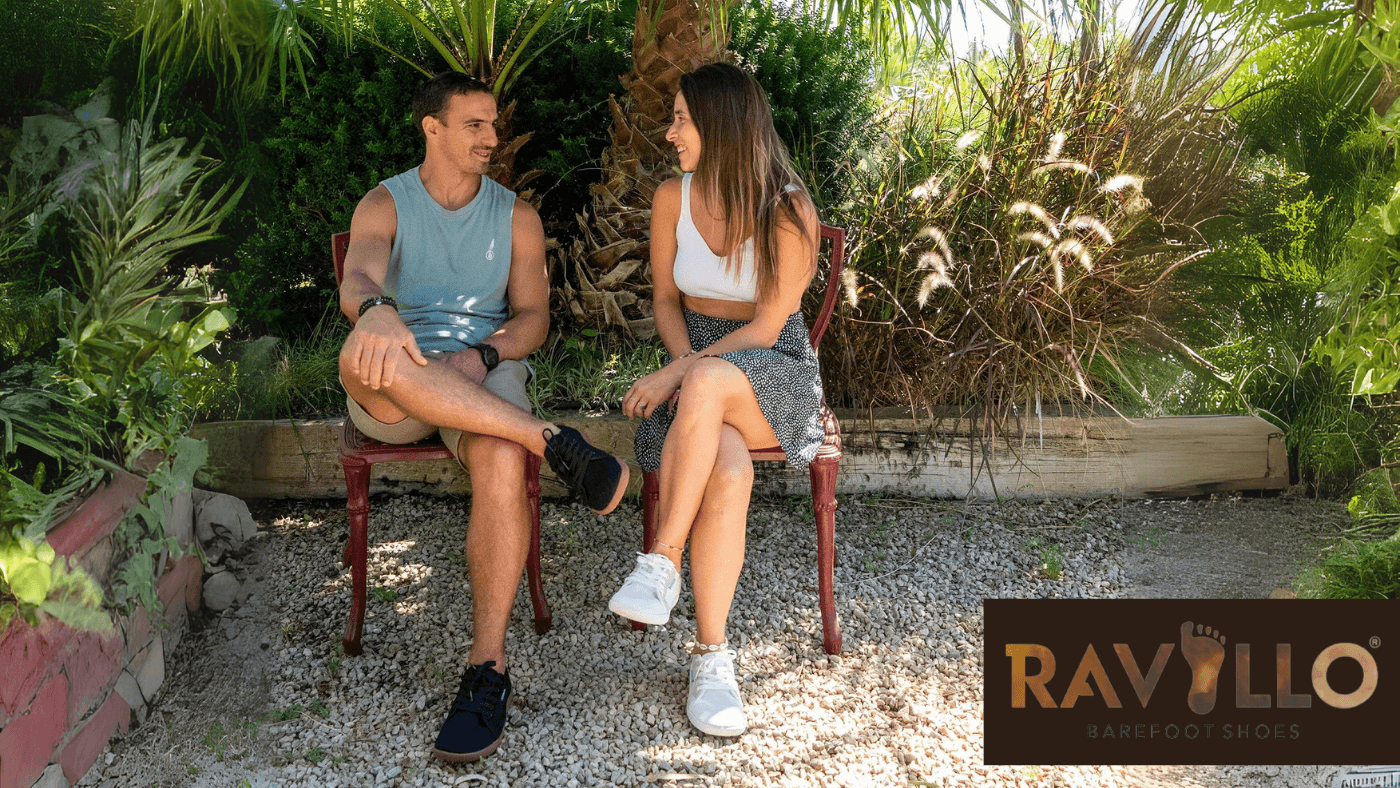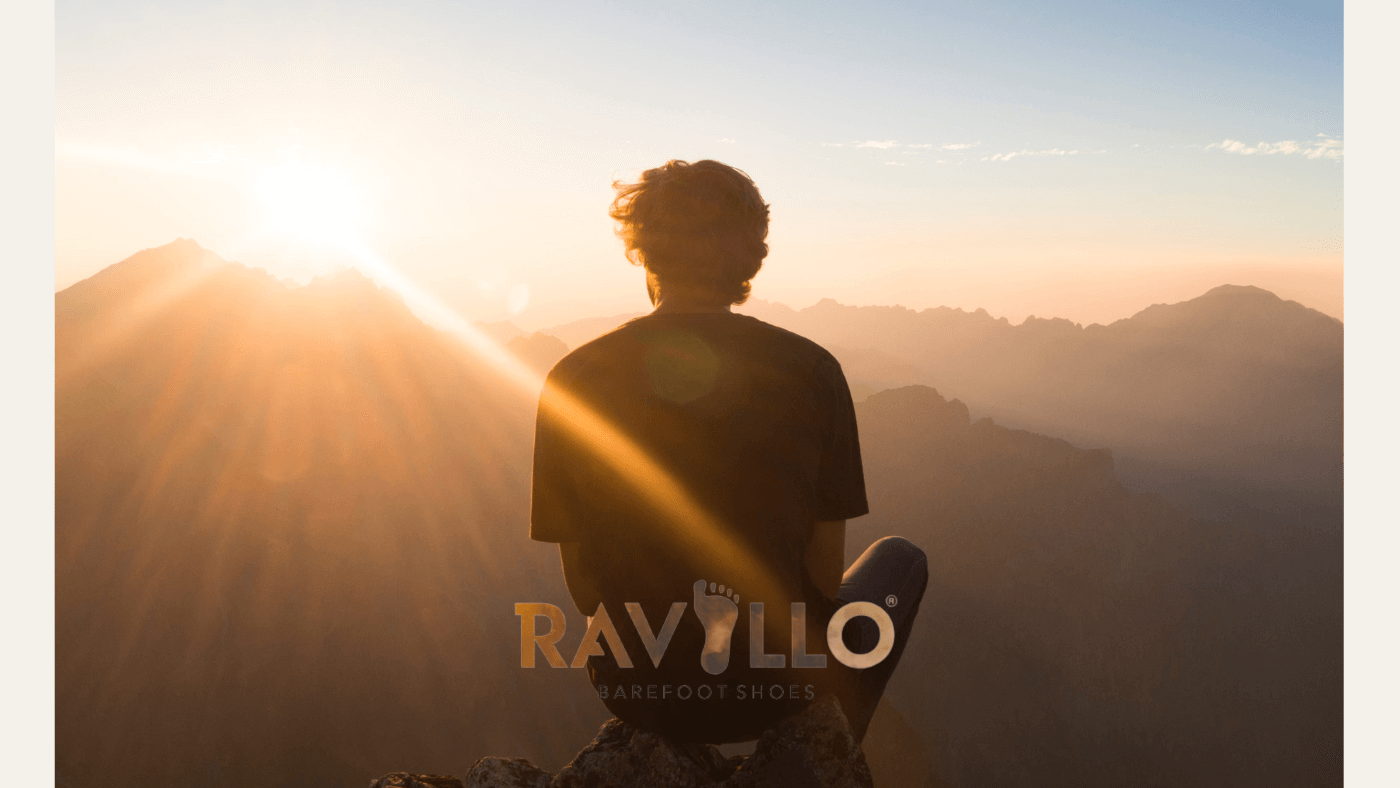Should You Wear Barefoot Shoes Every Day? An In-Depth Look
Barefoot shoes have been gaining popularity in recent years as more people seek to return to a more natural way of moving. These minimalist shoes are designed to mimic the experience of walking barefoot while providing a layer of protection for your feet. But is it advisable to wear these shoes every day? Let's explore the benefits and potential drawbacks of incorporating them into your daily routine.
Benefits of Wearing Barefoot Shoes Every Day
Enhanced Foot Strength and Flexibility
These shoes encourage natural foot movement, which can help strengthen the muscles in your feet and lower legs. Over time, this can lead to improved balance, stability, and overall foot health. The use of minimalist footwear also promotes flexibility, which is vital for maintaining a healthy foot structure.
Improved Posture and Alignment
Traditional shoes with elevated heels can alter your natural posture and alignment. Minimalist shoes, with their zero-drop design, promote a more natural walking and standing posture, potentially reducing the risk of back, hip, and knee pain. This alignment can also help in maintaining a better posture throughout the day, which is beneficial for overall body health.
Increased Sensory Feedback
These shoes allow for greater sensory feedback from the ground, which can improve proprioception (the awareness of your body's position and movement). This heightened sensory input can enhance your balance and coordination, making daily activities safer and more enjoyable.
Better Foot Function
By allowing your toes to splay and move freely, minimalist shoes can help improve the function of your feet. This can lead to a more natural gait and reduce the risk of developing foot conditions such as bunions and hammertoes. The natural movement supported by these shoes can also contribute to healthier joints and muscles in the feet and legs.
Potential Drawbacks and Considerations
Transition Period
If you’re new to minimalist footwear, it’s essential to allow your feet and legs time to adjust. Transitioning too quickly can lead to discomfort or injury. Start by wearing them for short periods and gradually increase the duration as your muscles adapt. This slow transition helps in building the necessary strength and flexibility without causing strain.
Lack of Cushioning
While these shoes provide minimal cushioning, they may not be suitable for all activities or surfaces. For example, running on hard, unforgiving surfaces like concrete might require additional cushioning to prevent impact-related injuries. It’s important to assess the activity and choose appropriate footwear accordingly.
Protection
Minimalist shoes offer less protection compared to traditional footwear. If you frequently walk or run on rough or hazardous terrain, you might need to be more cautious to avoid cuts, bruises, or other injuries. Selecting the right pair with some protective features can mitigate this risk.
Weather Conditions
Minimalist shoes might not be ideal for extreme weather conditions. In cold weather, they may not provide enough insulation, while in wet conditions, they may not offer adequate waterproofing. Consider the environment in which you’ll be wearing them and choose shoes that offer some protection against the elements.
Tips for Wearing Barefoot Shoes Every Day
Start Slow
Gradually incorporate minimalist shoes into your routine. Begin with shorter periods and progressively increase the time you wear them each day. This gradual increase helps your feet and muscles adapt without causing unnecessary strain.
Listen to Your Body
Pay attention to any signs of discomfort or pain. If you experience persistent issues, it might be best to consult a podiatrist or a healthcare professional. Your body’s feedback is crucial in ensuring a healthy transition.
Mix and Match
Alternate between barefoot and traditional footwear based on your activities and the surfaces you’ll be walking on. This can help your feet adjust and reduce the risk of overuse injuries. Mixing different types of footwear ensures that you get the benefits of both.
Choose the Right Pair
Not all minimalist shoes are created equal. Ensure you select a pair that fits well and suits your specific needs, whether for walking, running, or casual wear. Look for shoes that offer the right balance of comfort, flexibility, and protection.
Conclusion
Wearing minimalist shoes every day can offer numerous benefits, from improved foot strength and flexibility to better posture and alignment. However, it's important to approach this transition with care, allowing your body to adjust gradually. By listening to your body and choosing the right shoes for your needs, you can enjoy the advantages of these shoes while minimizing potential drawbacks. Embrace the freedom and natural movement that minimalist shoes provide and take a step towards healthier, happier feet.
Frequently Asked Questions
Are Minimalist Shoes Suitable for All Activities?
While barefoot shoes can be great for many activities, such as walking and light running, they may not be suitable for all activities, particularly those that involve high impact or require substantial foot protection.
Can Minimalist Shoes Help with Foot Pain?
Barefoot shoes can help alleviate certain types of foot pain by promoting natural foot movement and strengthening foot muscles. However, they may not be suitable for everyone, particularly those with pre-existing foot conditions.
How Long Does It Take to Transition to Minimalist Shoes?
The transition period can vary from person to person. It’s generally recommended to start slow, wearing barefoot shoes for short periods and gradually increasing the time as your feet adapt.
What Should I Look for When Buying Barefoot Shoes?
When buying barefoot shoes, consider factors such as fit, flexibility, sole thickness, and intended use. Look for shoes with a wide toe box, minimal cushioning, and a flexible sole to allow for natural foot movement.
Can I Wear Barefoot Shoes in All Weather Conditions?
Barefoot shoes might not be ideal for extreme weather conditions. In cold weather, they may not provide enough insulation, and in wet conditions, they may not offer adequate waterproofing. Consider the environment in which you’ll be wearing them.
By addressing these common questions and considerations, you can make a more informed decision about incorporating barefoot shoes into your daily routine.










